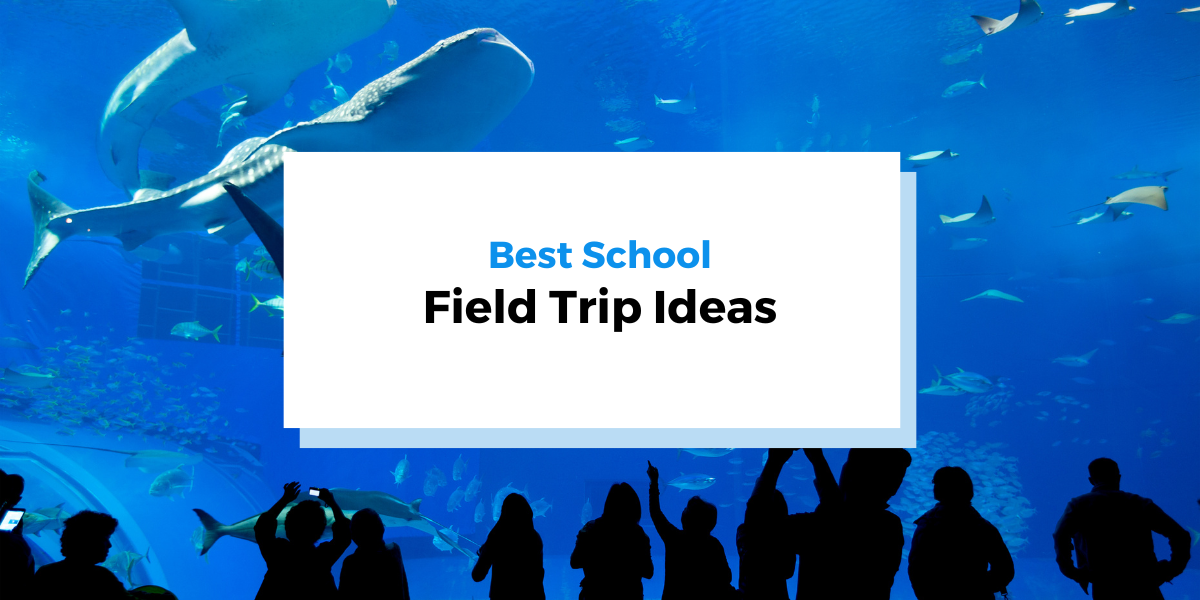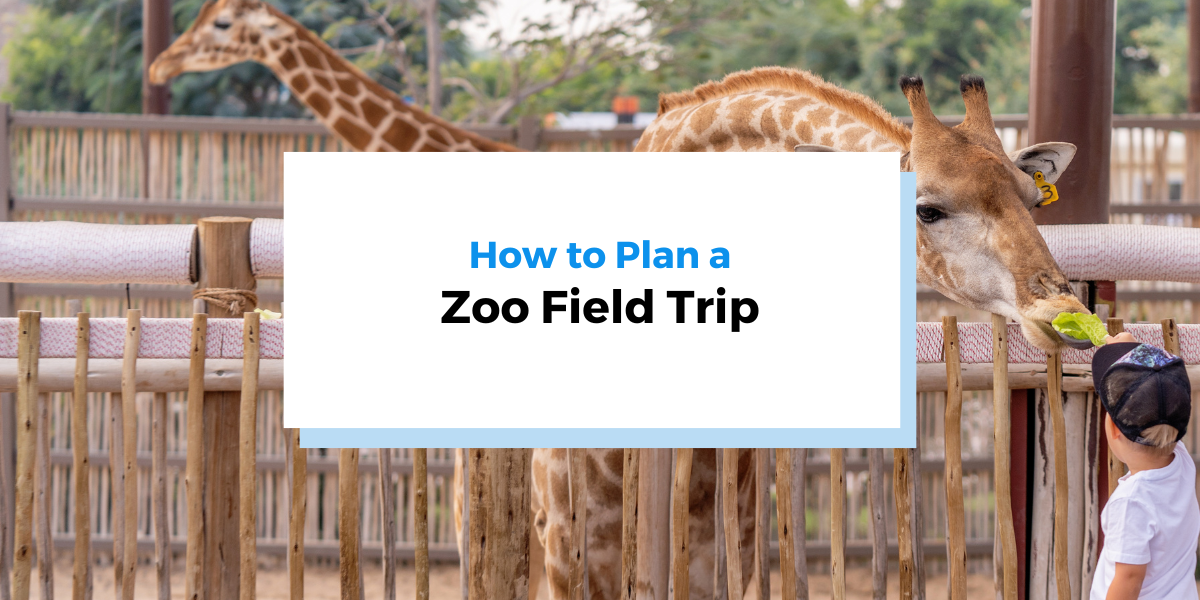More event registrants means more donations on the day of your event and more lasting relationships with your donors.
But planning and promoting events for a nonprofit comes with its own problems, often due to a limited budget and limited personnel. That’s why it’s so important to lay out a plan that can save you time and money as well as capture your donors attention and inspire them to come to your event.
Setting the foundation of a successful event requires you to:
- Find your target audience
- Identify the channels you want to promote your event on
- Create content to post to those channels
- Thank attendees and collect feedback for your next event
Let’s look at how you can get started:
Find Your Audience
You could invite anyone to your event. You could send an invitation to Oprah, and hope she turns up with a million dollars to donate to your charity. Slim chance it’s going to happen, but worth a try, right?
Not really. The more effort you put into reaching out to an uninterested audience to talk about your events, the less time you’re spending on people who are more likely to attend.
There are a few reasons why people may not register for your charity event:
- They can’t reach the venue
- The event conflicts with their schedule
- They don’t resonate with your cause
By pinpointing your target audience, you spend time and effort only on people that are most likely to register and attend your event.
Causevox has a useful article on how you can start segmenting donors for fundraising.
Identify Your Promotional Channels
You want your event updates to be visible across every place where potential attendees spend their time.
This could be a popular event listing website, an email newsletter, text messages or on any social media network.
The point is that you don’t miss out on a single prospective attendee.
Event Listings
On a tight budget, promoting your event on event listing sites is a handy way to bring in new attendees.
Facebook Events is one particularly powerful event listing tool that comes with its own audience targeting ability. Facebook’s algorithms get your event in front of the people you want to reach, segmented by interests, behaviour, geolocation and demographics.
Emails
Emails and a segmented subscriber list is a combination you can’t ignore when it comes to promoting your event.
A simple email marketing campaign would involve sending out an initial email announcing your event so attendees can save the date, a second email to highlight the main attractions of the fundraiser to attendees and a final reminder email for last minute RSVPs.
Peer to peer texting
Email is powerful on its own, but when combined with text messaging, you have a compelling way to reach potential attendees.
Peer to peer texting lets you engage prospective attendees at scale over one to one conversations and make the ask to register for upcoming events. Since the ask goes as part of a personal conversation rather than a generic broadcast, people are more likely to respond, even if to say that they cannot make it.
Social Media
Email and Text lets you reach people directly through their inbox, but if you don’t already have a list of subscribers, social media is your best bet.
Sites like Facebook, Twitter, Instagram and Linkedin, let you promote your event where potential attendees are most likely to be.
On Facebook and Linkedin, take advantage of low cost, highly targeted ads to give your event a boost.
On Twitter and Instagram, put your event on your audiences radar by using relevant hashtags
Don’t forget to create a memorable hashtag that attendees can use to discuss your event on social media and promote it for you at the same time.
Create Targeted Content
Different content, be it a blog post, an image or a video, appeals to different audiences, and with a limited budget and personnel, you need to pick and choose when it comes to creating content.
Once you’ve identified the channels that you want to promote on, make sure the content you create fits those channels. Here are some general guidelines on what types of content works best for different platforms, with examples:
Email: Images and video with little text
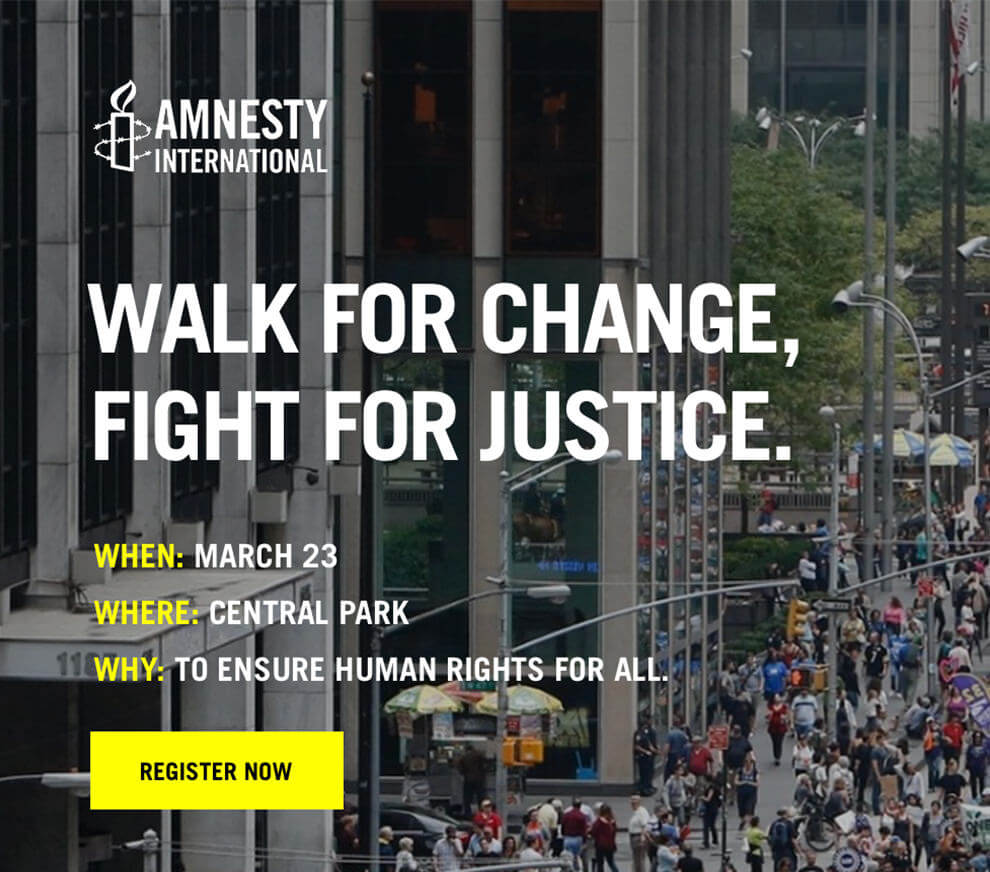
SMS: Simple, conversational texting
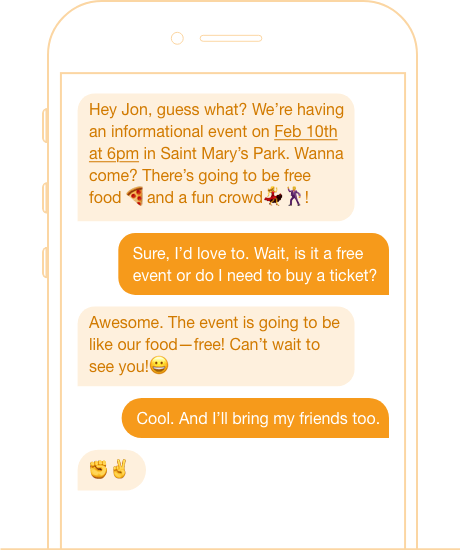
Facebook: Videos and curated content
https://www.facebook.com/heiferinternational/videos/10154147169535940/
Twitter: News, blog posts and GIFs

Instagram: Images with stories, quotes
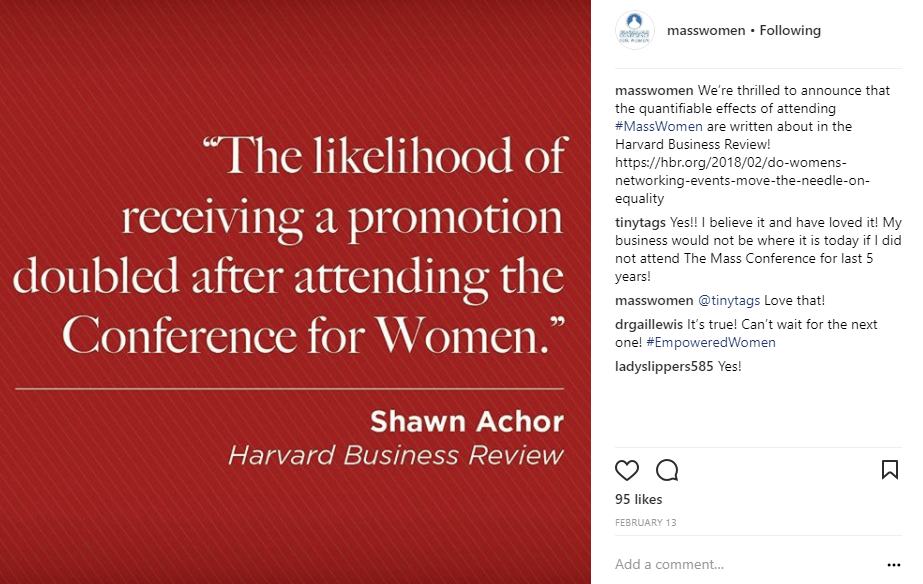
Each channel of communication does have its own preferred type of content, but that doesn’t mean you have to spend time making unique content for each channel. Save time by reworking content you already have for one channel to fit another.
Collect Feedback For Your Next Event
Sure, the event is over, but your work is far from done.
Following the event, curate all the photos, feedback, testimonials and videos you and your attendees have amassed during the event that you can use to improve and market future events.
If you need more specific feedback, send out a survey as you thank people for attending your event. Emails or texts are a convenient way link out your surveys. Encouraging honest feedback from your attendees will let you take actionable steps to increase event attendance for your next event.
So there you have it. It all comes down to understanding your audience, and letting that understanding steer your event planning and promotion, from the channels you choose to promote on, the content you create and the learnings you take away for future events. That’s the secret to getting more people to register to your events.
Keep these points in mind the next time you have an event on the horizon.
Guest Post Author Bio:
 Mukundan Sivaraj is a writer at CallHub, an outreach platform that connects nonprofits with their supporters through voice and text messages. Mukundan’s focus on nonprofit technology and communication helps him show nonprofits big and small, how technology can help elevate their cause.
Mukundan Sivaraj is a writer at CallHub, an outreach platform that connects nonprofits with their supporters through voice and text messages. Mukundan’s focus on nonprofit technology and communication helps him show nonprofits big and small, how technology can help elevate their cause.



